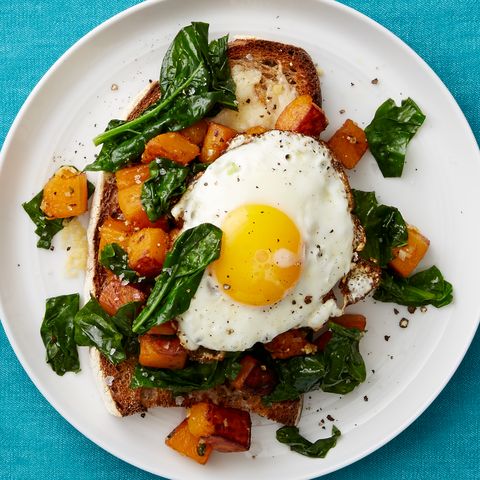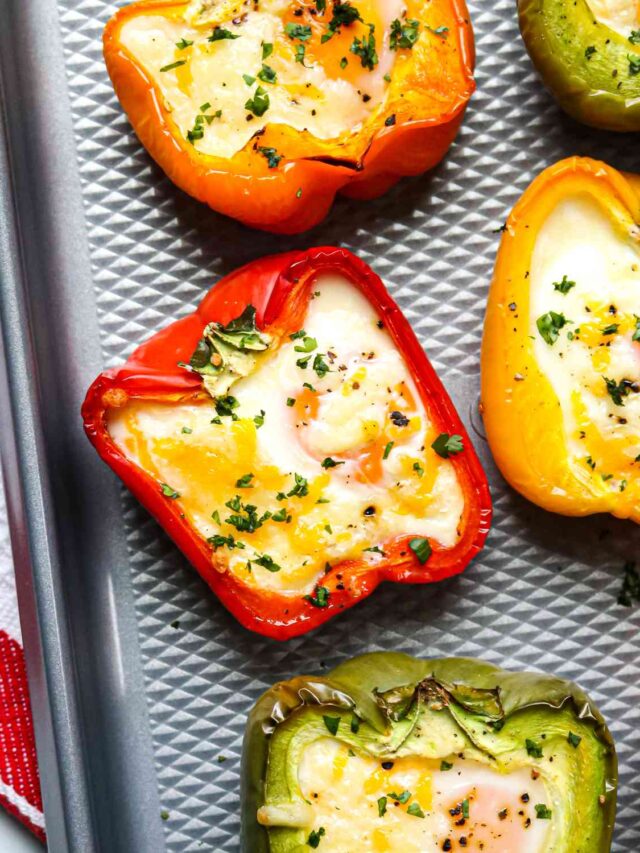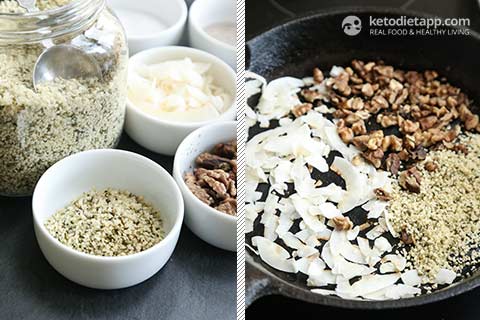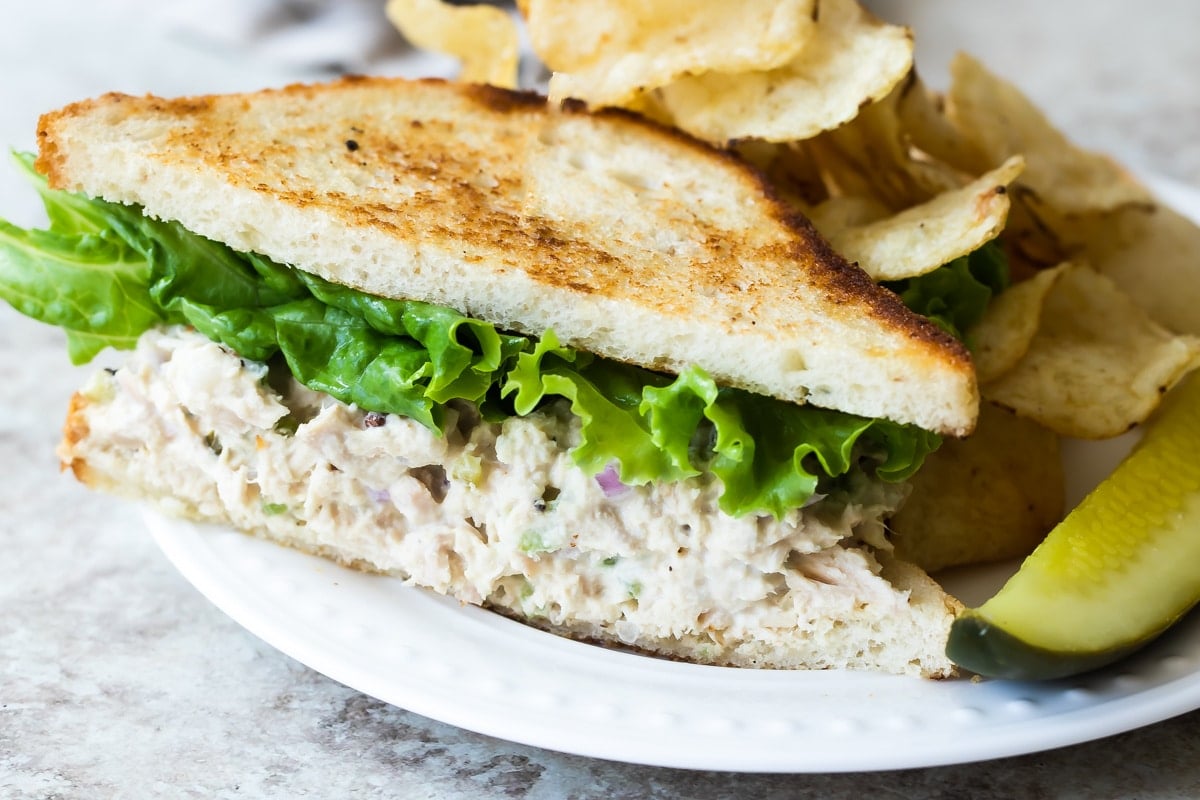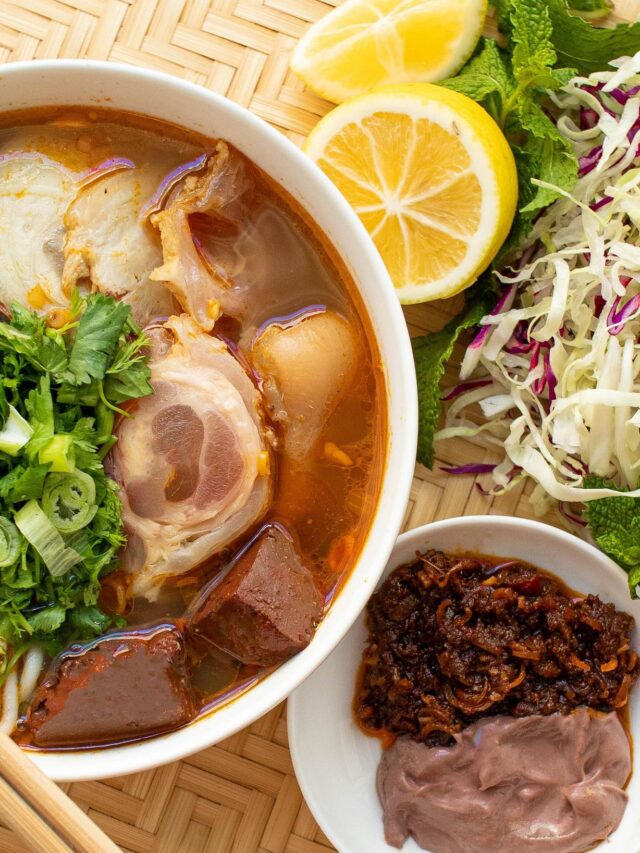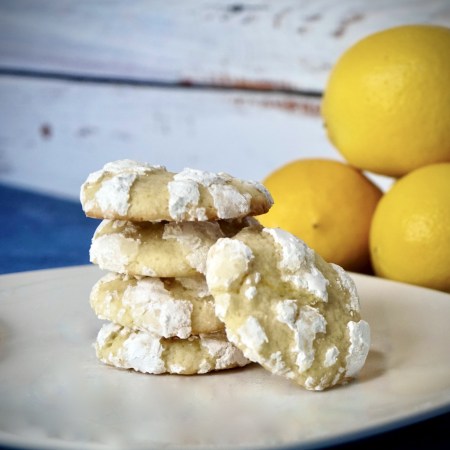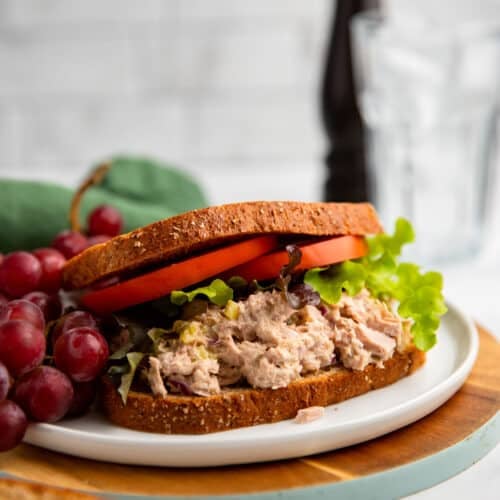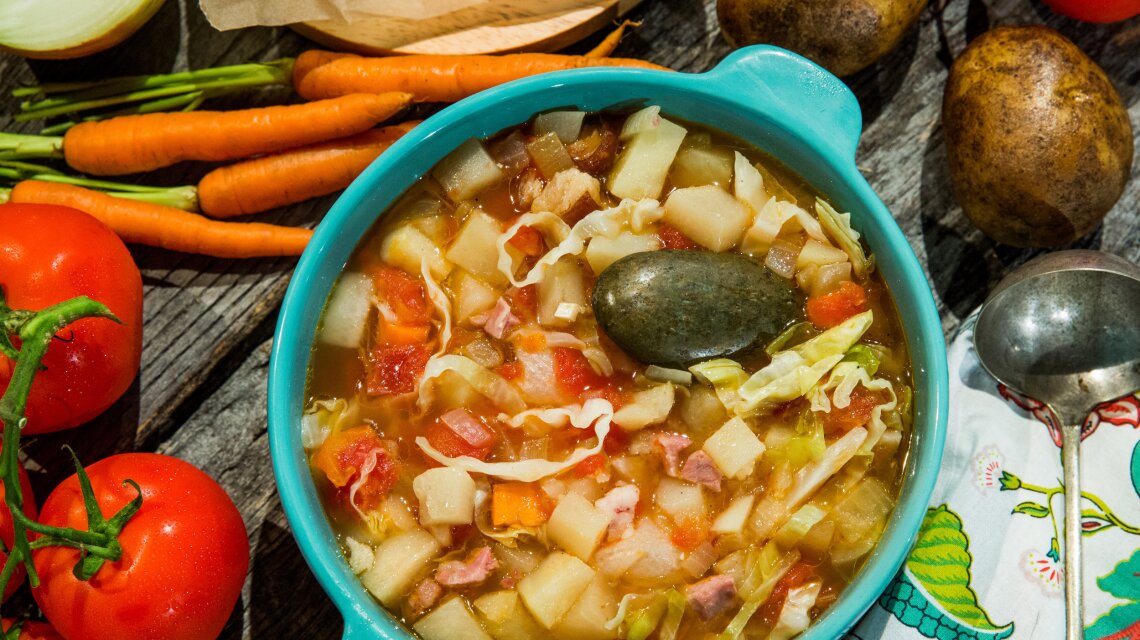German cuisine, with its hearty and rich flavors, offers a culinary journey that is both comforting and complex.
Rooted in centuries of tradition, it encompasses a wide variety of dishes that highlight the country’s agricultural bounty and diverse regional specialties.
From the well-known bratwurst to the lesser-known spätzle, traditional German cooking involves techniques and ingredients that reflect the country’s cultural history and geographic diversity.
Learning to cook like a pro in the realm of traditional German cuisine involves understanding the basics of key dishes, mastering the techniques, and appreciating the cultural context behind the food.
This guide aims to provide a comprehensive overview of the essentials, offering step-by-step insights into making some of the most iconic German dishes.
Whether you’re a seasoned chef or a home cook looking to expand your culinary repertoire, mastering traditional German cuisine can be a deeply rewarding experience.
1. The Essence of German Ingredients
To truly cook like a pro, it’s essential to start with an understanding of the fundamental ingredients that define traditional German cuisine.
German food is characterized by its reliance on fresh, locally sourced ingredients. The key components include:
Meat: Pork is the most widely consumed meat in Germany, featured in dishes like schnitzel, bratwurst, and various roasts. Beef and poultry are also common, often used in stews and soups.
Potatoes: A staple in German cooking, potatoes are used in numerous ways, from mashed and fried to dumplings and salads.
Cabbage: Cabbage, especially sauerkraut, is a cornerstone of German cuisine. It’s often served as a side dish or incorporated into main dishes.
Bread: German bread, with its rich variety and deep flavors, is central to the cuisine. Rye and sourdough breads are particularly prominent.
Understanding these ingredients’ roles and how they are typically prepared is crucial for mastering German cooking.
2. Perfecting the Art of Bratwurst

Bratwurst, a type of German sausage, is synonymous with German cuisine.
These sausages come in various types, each with its unique blend of spices and meats. Making bratwurst at home involves a few key steps:
Choosing the Meat: Traditional bratwurst is made from pork, though some variations use veal or beef. The meat should be ground finely for the best texture.
Seasoning: The flavor profile of bratwurst depends heavily on the seasoning. Common spices include salt, pepper, nutmeg, and caraway seeds. Some recipes may also include garlic and marjoram.
Stuffing the Sausages: The seasoned meat is then stuffed into natural casings. This step requires some skill, as the sausages need to be evenly filled without air pockets.
Cooking: Bratwurst can be grilled, pan-fried, or baked. The key is to cook them slowly to ensure they are fully cooked through without bursting the casings.
Mastering bratwurst involves practice and attention to detail, but the result is well worth the effort.
3. Crafting the Perfect Schnitzel
Schnitzel is another iconic German dish, traditionally made from pork or veal that is pounded thin, breaded, and fried to golden perfection. Here’s how to make it:
Choosing the Meat: The most traditional schnitzels are made from veal (Wiener Schnitzel), but pork is also very common.
The meat should be thinly sliced and then pounded even thinner.
Breading Process: The key to a perfect schnitzel lies in the breading.
The meat is first dredged in flour, then dipped in beaten eggs, and finally coated with breadcrumbs. Each layer should be applied evenly to ensure a uniform crust.
Frying: Schnitzels are typically fried in clarified butter, which can withstand high temperatures without burning.
The schnitzel should be fried until golden brown and crispy on both sides.
Serving: Schnitzel is often served with a slice of lemon, which adds a bright, acidic contrast to the rich, fried meat.
Common side dishes include potato salad or spätzle.
Achieving the perfect schnitzel requires precision and practice, but the end result is a delicious, crispy delight that epitomizes German comfort food.
4. Making Authentic Sauerkraut
Sauerkraut, or fermented cabbage, is a staple in German cuisine, known for its tangy flavor and numerous health benefits. Here’s a step-by-step guide to making it:
Choosing the Cabbage: Start with fresh, firm green cabbage. The quality of the cabbage will directly affect the quality of your sauerkraut.
Shredding and Salting: The cabbage is shredded finely and then mixed with salt.
The salt draws out the moisture from the cabbage, creating a brine that is essential for fermentation.
Packing: The salted cabbage is packed tightly into a fermentation vessel, such as a crock or a jar.
It’s important to eliminate as much air as possible to create an anaerobic environment.
Fermentation: The cabbage needs to ferment at a cool, consistent temperature.
This process can take anywhere from a few weeks to several months, depending on your taste preference.
During fermentation, the cabbage will develop its characteristic tangy flavor.
Storing: Once the sauerkraut has reached the desired flavor, it can be stored in the refrigerator for several months.
Making sauerkraut is a simple process, but it requires patience and a bit of knowledge about fermentation.
The result is a versatile side dish that can enhance a variety of German meals.
5. Mastering Spätzle
Spätzle is a type of soft egg noodle or dumpling that is a popular side dish in German cuisine. Making spätzle involves a few specific steps:
Making the Dough: The dough is made from flour, eggs, salt, and a bit of water or milk. It should be mixed until smooth and slightly elastic.
Forming the Noodles: The dough is then pushed through a spätzle maker or a colander with large holes directly into boiling water. This creates small, irregularly shaped noodles.
Cooking: The noodles cook quickly, usually within a few minutes. They are done when they float to the surface.
Finishing: Spätzle can be served plain, tossed with a bit of butter, or fried with onions and cheese for a richer dish.
Spätzle is a versatile side that pairs well with many German main dishes, and mastering it will add a new dimension to your German cooking skills.
6. Crafting Hearty German Stews
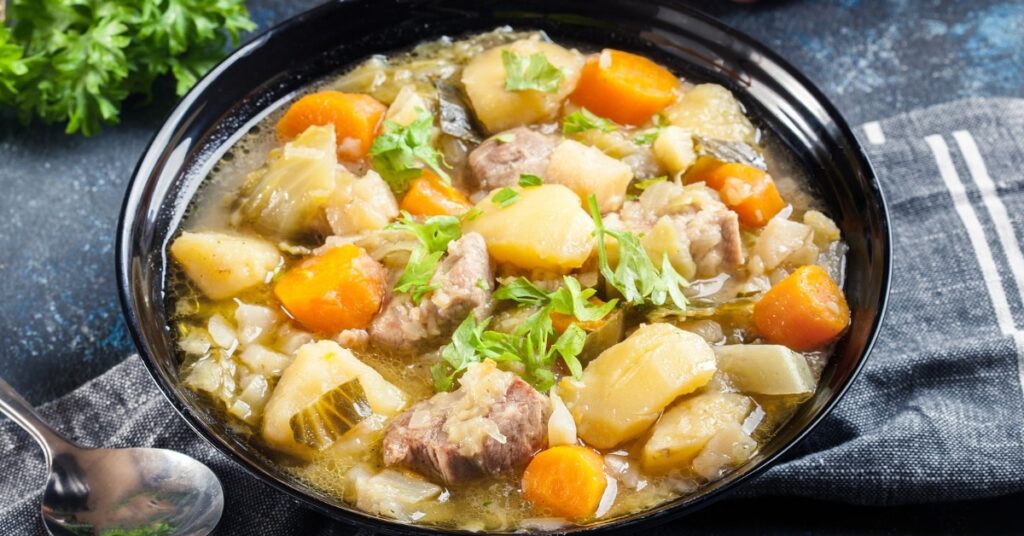
German stews, such as goulash and eintopf, are beloved for their rich flavors and hearty ingredients. Here’s how to make a traditional German stew:
Choosing the Meat: Beef is commonly used, though pork and lamb are also popular choices. The meat should be cut into bite-sized pieces and browned to develop flavor.
Adding Vegetables: German stews typically include root vegetables like potatoes, carrots, and parsnips. Onions and garlic are also essential for building depth of flavor.
Seasoning and Liquid: The stew is seasoned with paprika, caraway seeds, and bay leaves. Beer or broth is often used as the cooking liquid, adding richness and complexity.
Cooking: The stew needs to simmer slowly to allow the flavors to meld and the meat to become tender. This can take several hours, but the result is a deeply flavorful and satisfying dish.
Serving: Stews are often served with bread or spätzle to soak up the delicious broth.
Mastering the art of German stews requires patience and attention to detail, but the reward is a comforting, hearty meal that embodies the essence of German cuisine.
7. Baking Traditional German Bread
German bread, with its deep, rich flavors and hearty textures, is a cornerstone of the cuisine.
Baking traditional German bread involves understanding the key ingredients and techniques:
Choosing the Flour: German bread often uses a mix of rye and wheat flours. Rye flour gives the bread its distinctive flavor and dense texture.
Sourdough Starter: Many traditional German breads are made with a sourdough starter, which adds a tangy flavor and helps with leavening.
Mixing and Kneading: The dough is mixed and kneaded until smooth and elastic. This process develops the gluten, which gives the bread its structure.
Fermentation: The dough needs to ferment for several hours to develop flavor and rise properly. This step is crucial for achieving the right texture and taste.
Baking: The bread is baked in a hot oven, often with steam, to create a crispy crust and moist interior.
Cooling: Once baked, the bread needs to cool completely before slicing. This allows the flavors to fully develop.
Baking traditional German bread is a rewarding process that results in a deeply flavorful and satisfying product.
8. Creating German Desserts
German desserts, such as Black Forest cake and apple strudel, are known for their rich flavors and intricate layers. Here’s how to make a classic Black Forest cake:
Baking the Cake Layers: The cake is made from chocolate sponge cake layers, which should be light and airy.
This involves beating the eggs and sugar until fluffy and folding in the dry ingredients carefully.
Making the Cherry Filling: The filling consists of sour cherries cooked with sugar and a bit of kirsch, a cherry brandy. The mixture should be thickened to create a rich, flavorful filling.
Whipping the Cream: The cake is layered with whipped cream, which should be stiff enough to hold its shape but still light and airy.
Assembling the Cake: The cake is assembled by layering the chocolate sponge with the cherry filling and whipped cream.
The outside is typically coated with more whipped cream and decorated with chocolate shavings and cherries.
Chilling: The assembled cake needs to chill for several hours to allow the flavors to meld and the cake to set.
Creating a German dessert like Black Forest cake requires precision and attention to detail, but the result is a stunning and delicious finale to any meal.
Other Stories You May Like
Conclusion
Mastering the art of traditional German cuisine involves more than just following recipes.
It requires an understanding of the ingredients, techniques, and cultural context that make these dishes so special.
By taking the time to learn and perfect these classic German dishes, you can bring a taste of Germany into your own kitchen and appreciate the rich culinary heritage of this fascinating country.
Whether you’re making bratwurst from scratch, perfecting your schnitzel technique, or baking traditional German bread, each step brings you closer to cooking like a pro.
Enjoy the journey and savor the flavors of traditional German cuisine.


